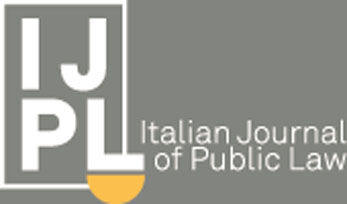Erzsébet Csatlós and Péter Mezei
Abstract
The digitalisation of public administration and administrative services is a priority for the state, and in recent years, significant developments have been seen in the field of algorithmic governance. Additionally, since 2020, the Hungarian Government has implemented an Artificial Intelligence (AI) Strategy with the goal of building a ‘data-driven, service-provider state’ over the next decade.
After examining the legislative background of this topic and the daily operations of public administration—particularly in providing public services to citizens—it can be concluded that AI-related developments are still in their early stages. There is little legislative clarity regarding the technological and infrastructural foundations needed for AI integration, such as electronic administration and e-proceedings. Although the AI Strategy is ambitious, and the new legal act on the digital state sets forth promising goals for the future, the current regulatory framework lacks specific legal guidance. Actual implementation remains constrained by societal digital literacy and an underdeveloped IT infrastructure. Legal and academic discussions tend to focus more on the potential future impact of AI rather than its present-day applications.
In conclusion, Hungary is striving for a prosperous future as it navigates a challenging path towards realising a data-driven concept of state.
Table of Contents
Introduction to the State of the Art and Methodology
The General Legal Basis for the Use of AI
AI in the Daily Operation of Public Administration
3.1. Identification for e-Administrative Proceedings
3.2. User Service and Work Support
3.3. Automated Decision-making
3.4. Crime Prevention and National DefenceLegal Aspects and Challenges to Reliance on AI
Technological and Educational Aspects of AI Use
AI in Legal Literature
AI in Practice: Problems So Far
7.1. No AI, No Legal Guarantees for Individuals?
7.2. No Consent, No Service: The Case of Forced Consent in Two Typical Situations
7.3. Market Surveillance or Lifesaving Intervention?
